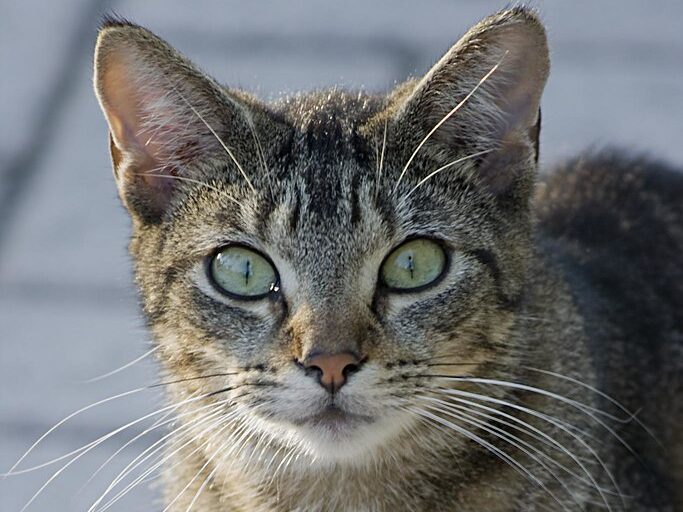
There are more than 58 million cats owned in the United States alone. There’s no doubt about it — we love our cats! Whether sharing memes or snapping pictures, we just can’t stop talking about them. We all want to keep our feline friends healthy and happy — and that means watching out for health problems that could affect your cat. Here are 15 cat health issues that often go undetected until it’s too late.
Kidney Disease
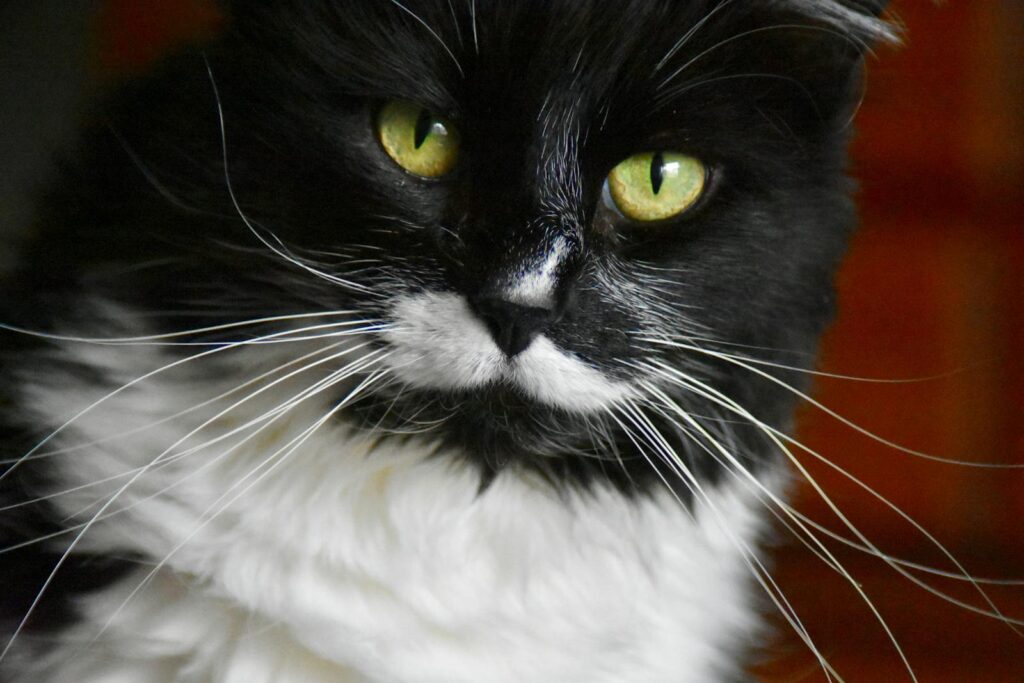
Kidney disease in cats is pretty sneaky, especially as they get older. You may first notice they’re drinking or peeing more than usual. But honestly, it’s easy to brush that off as just normal cat behavior. If you catch it early, though, treatment can help slow things down. Regular vet visits are very important to spot kidney issues before they get out of your hands.
Diabetes
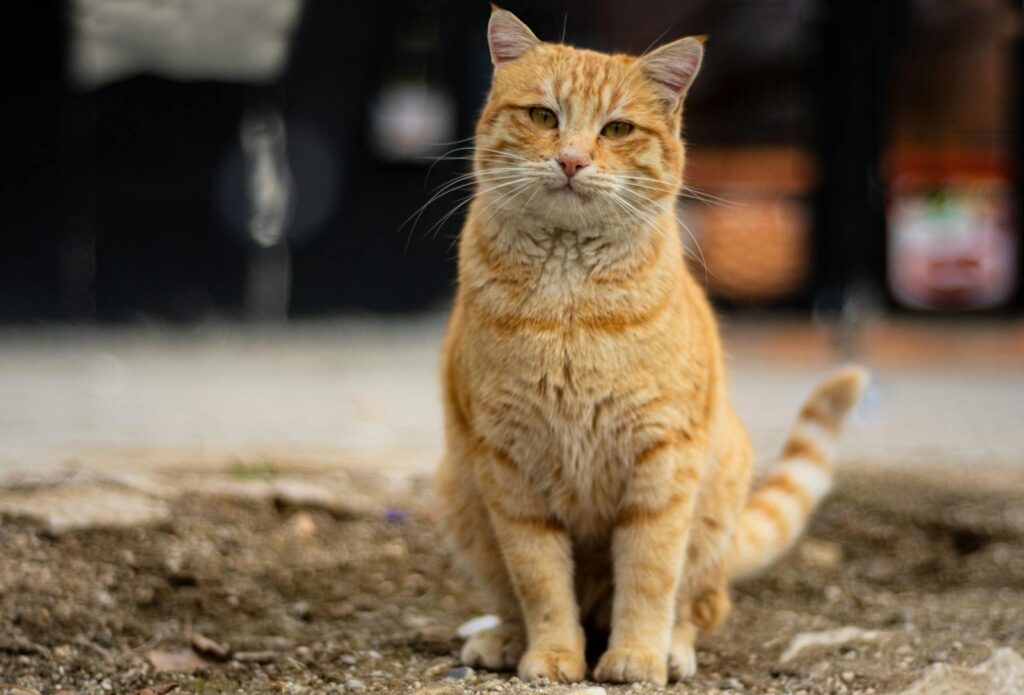
Diabetes can sneak up on your cat, especially if they’re gaining weight. If they’re eating more but still losing weight, that’s definitely a red flag. You might also notice they’re drinking a lot more or peeing more than usual. All these changes are easy to overlook, but they could point to diabetes. Do a quick blood test to confirm it.
Hyperthyroidism
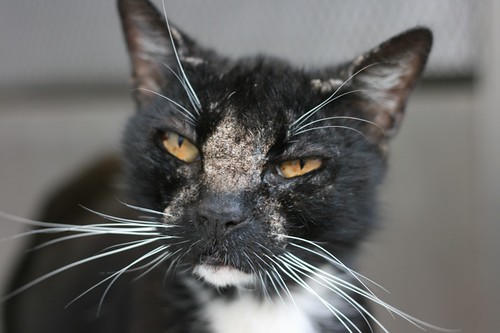
Older cats are more likely to develop hyperthyroidism. Now, what is that exactly? It’s when your kitten loses weight even though they’re eating like crazy. You may also see them getting more restless or their coat looking dull. These signs can seem like just part of getting older, but they’re definitely worth watching out for. A simple blood test can catch it early.
Dental Disease
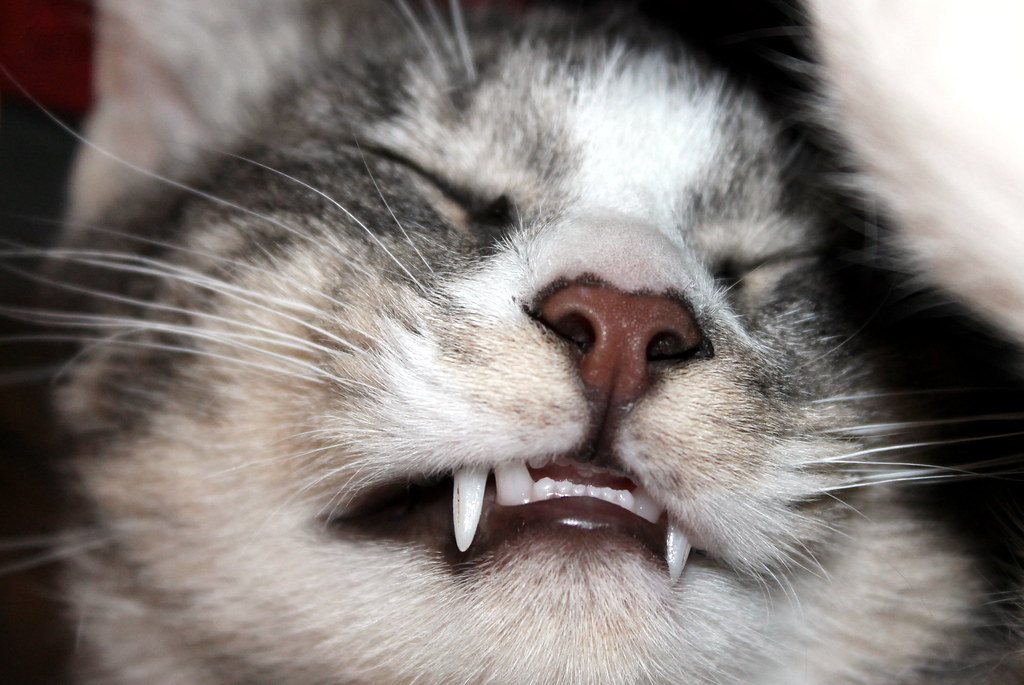
Dental disease can be very painful, but since cats are pros at hiding discomfort, they hide this, too. If your cat’s drooling more than usual or has stinky breath, chances are they’ve got some dental issues. They may also start avoiding food or being more picky about what they eat. Without treatment, oral problems can lead to infections or even tooth loss. That means you have to take your cat for regular dental checks.
Heart Disease
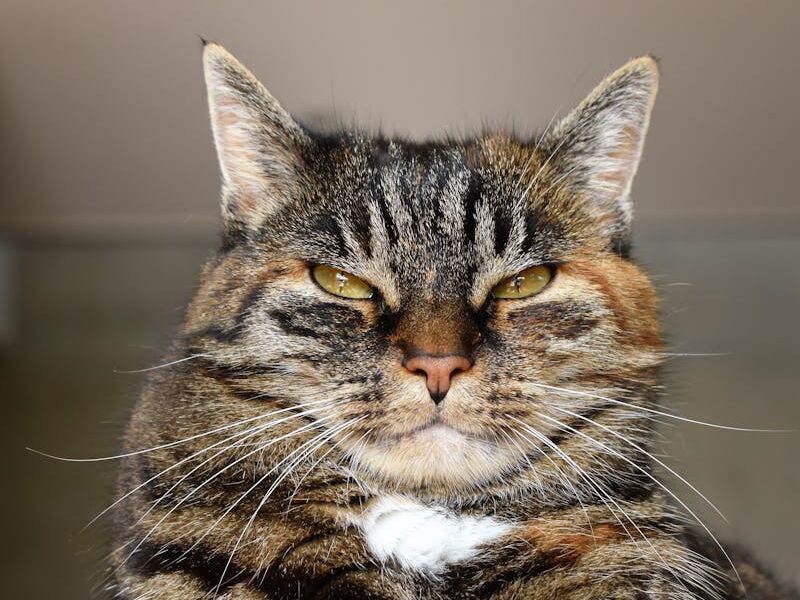
Heart disease doesn’t always show up with clear symptoms right away. A cat with heart issues might suddenly seem more tired or have trouble breathing. You might also notice coughing or wheezing, which can be mistaken for something minor. If you’re worried, take your cat to the vet for a check-up. The sooner it’s diagnosed, the better the treatment options.
Arthritis
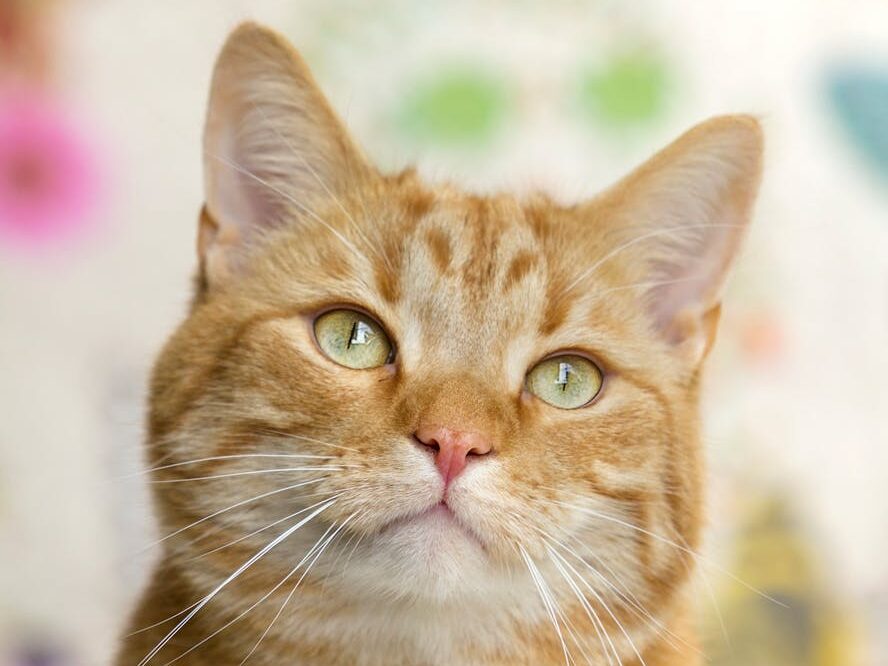
Arthritis is often ignored because it doesn’t always show obvious signs. If your cat is suddenly reluctant to jump or climb (on your sofa, bed, or a tree), they might be in pain. Cats adapt to discomfort by slowing down. But just because they seem lazier doesn’t mean it’s normal aging. Joint supplements and medication can help ease their pain and keep them active.
Cancer
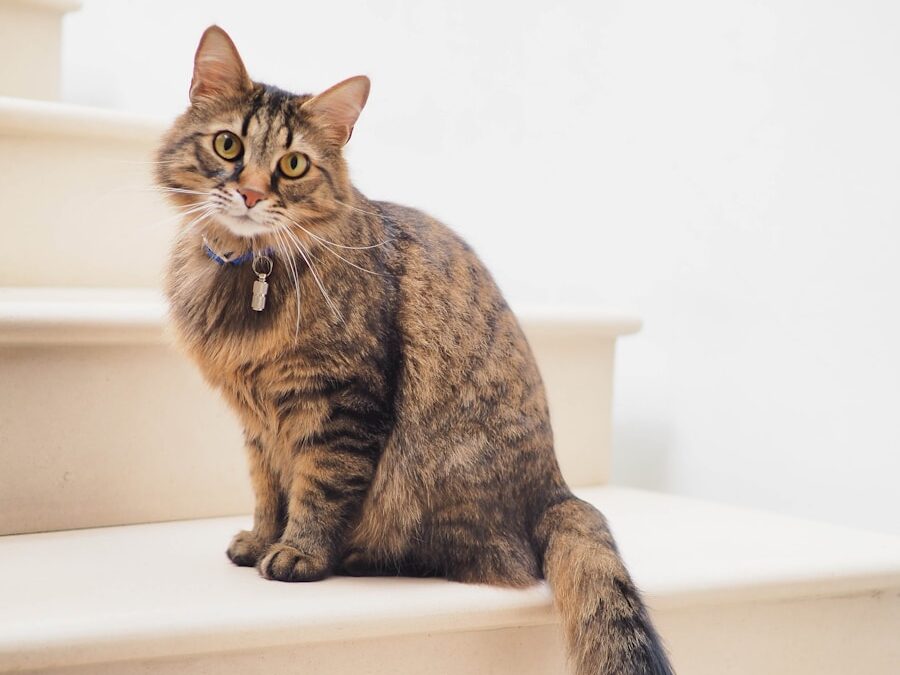
We know Google shows cancer for almost every problem, but it can be true. Cancer is silent and slow-moving. Cats don’t show obvious symptoms until they’re in the advanced stages. You may see weight loss in your cat, changes in appetite, or odd lumps that grow over time. If you notice anything unusual, don’t wait. Go to a vet immediately.
Urinary Tract Infection (UTI)
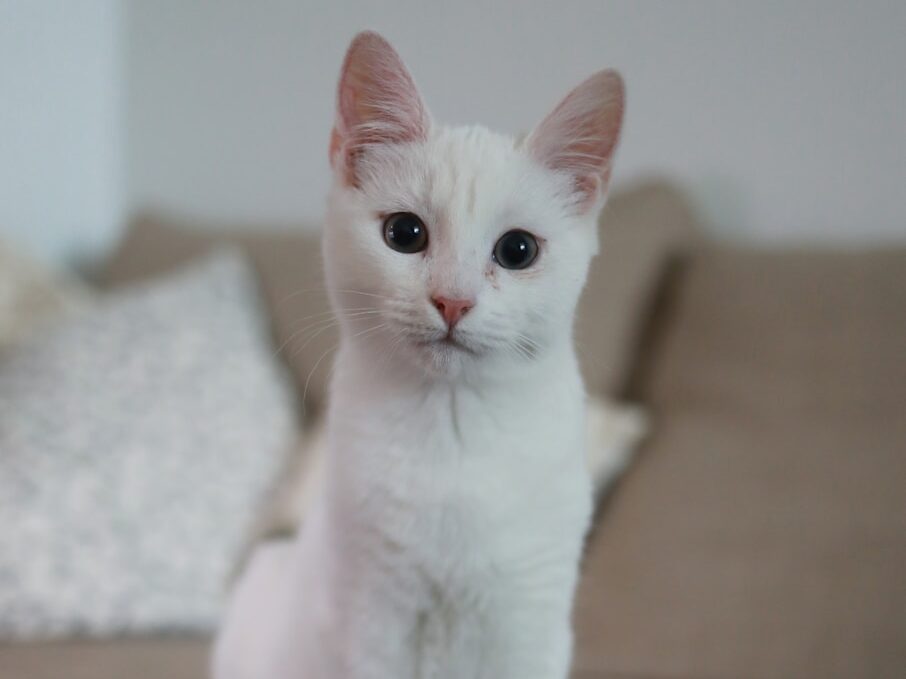
UTIs are easy to miss. A cat with a UTI may start urinating outside the litter box or have trouble going. If you notice your cat straining or acting uncomfortable, get them checked out. Left untreated, a UTI can lead to more serious infections, including kidney problems. A simple urine test can confirm this infection and help your cat feel much better.
Fleas and Ticks
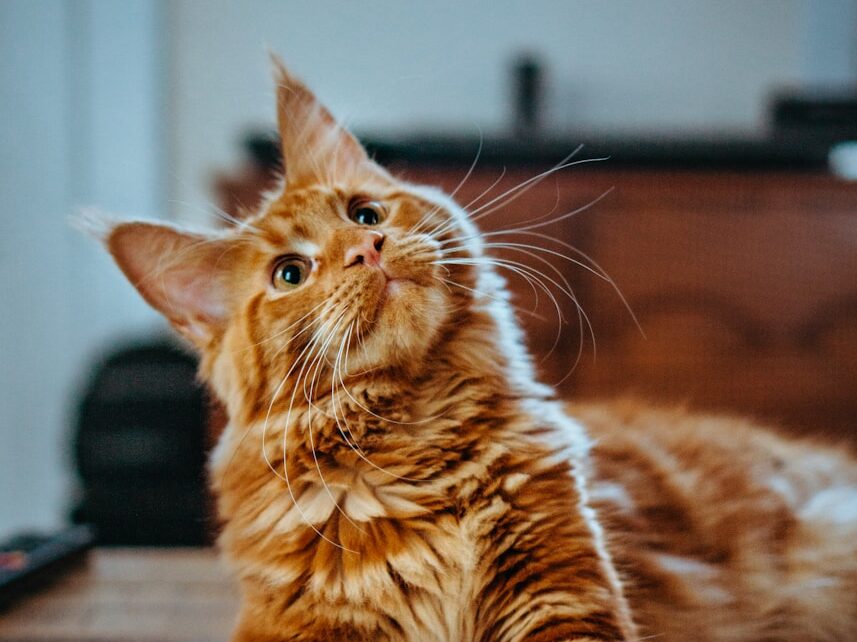
Fleas and ticks aren’t always easy to spot, but they can cause plenty of problems. Like what? Fleas can make your cat scratch more, which might lead to skin infections. Ticks, on the flip side, can spread diseases, especially if your cat goes outside. Even if you don’t see them, regular flea and tick prevention is a smart move.
Ear Infections
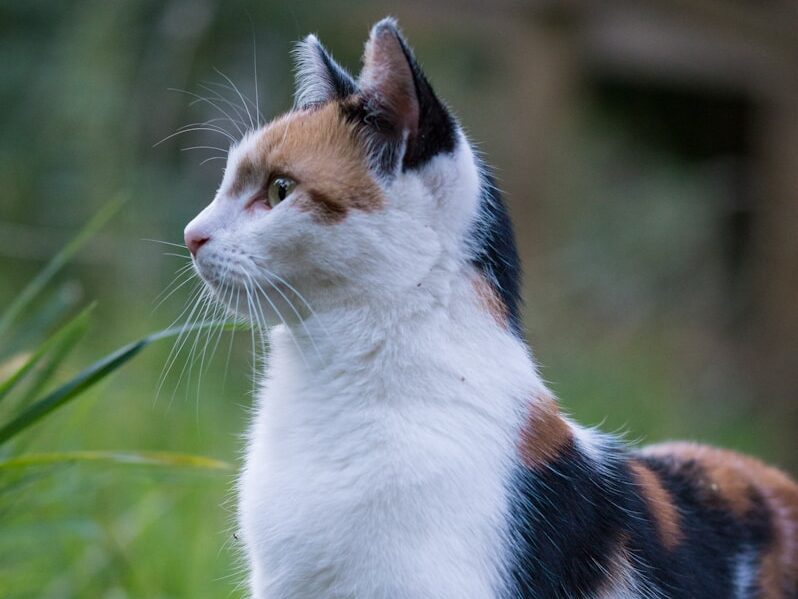
You can’t peek inside your kitten’s ear, so that’s why ear infections are tricky to spot. If your cat shakes their head more than usual or scratches at their ears, it’s a sign something’s wrong. Sometimes, ear mites, bacteria, or yeast infections are to blame. Left untreated, these ear infections can cause permanent damage to the ear canal.
Gastrointestinal Issues

Frequent vomiting, diarrhea, or constipation could mean your cat has a digestive issue. While an occasional hairball or upset stomach isn’t usually a big deal, constant problems are. Cats with gastrointestinal issues may also start losing weight or get more tired than usual. A change in diet or a quick vet check can help you figure out what’s going on.
Liver Disease

The liver is super important for a lot of body functions, and when it’s not doing well, your cat will feel it. Signs of liver disease include vomiting, loss of hunger, or yellowing of the eyes or skin. Cats are great at hiding symptoms, though, so these can easily go unnoticed. Catching it early is important. How? A blood test can spot liver problems easily.
Feline Lower Urinary Tract Disease (FLUTD)
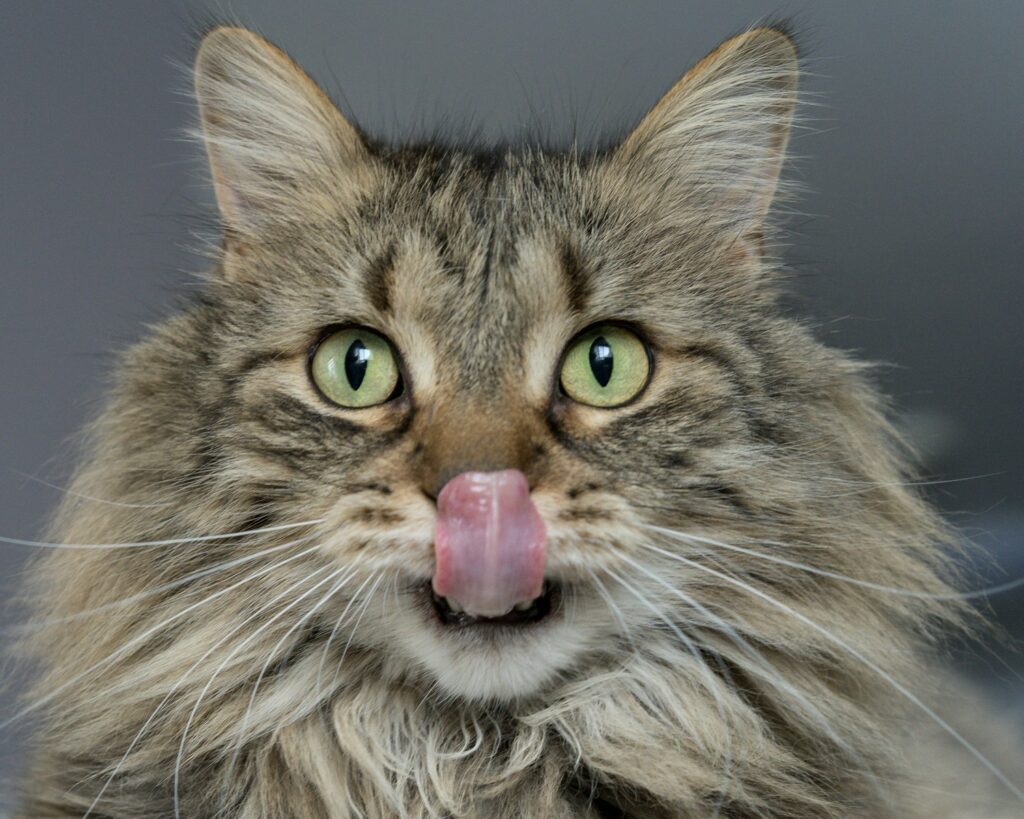
FLUTD is a term for issues with the bladder or urethra. A cat with FLUTD may have trouble peeing or start going outside the litter box. It can sometimes get mixed up with a simple UTI, but FLUTD is trickier, and it can lead to dangerous blockages. If your cat’s having trouble peeing, don’t wait it out. Visit a vet to get the right treatment.
Respiratory Problems
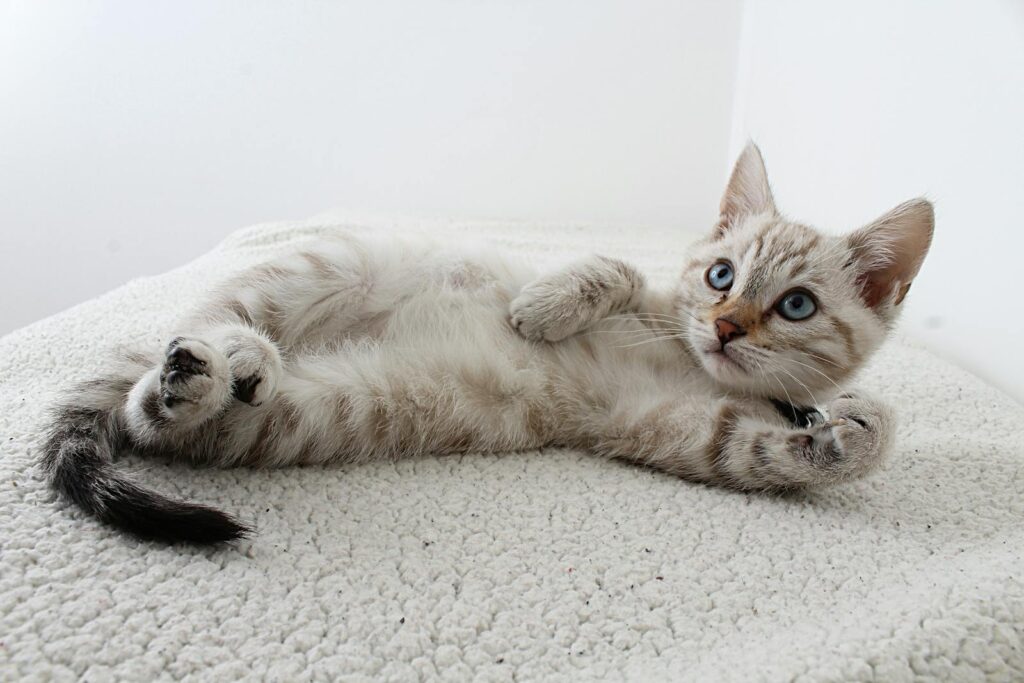
Cats with respiratory problems don’t show clear signs until things are very bad. Wheezing, coughing, or having trouble breathing could point to asthma or pneumonia. If your cat starts coughing or seems more tired than usual, pay extra attention. Breathing issues need quick care because untreated respiratory problems can be life-threatening.
Blindness

Vision loss can happen slowly over time. Your cat may start acting more cautious or disoriented. If they’re bumping into furniture or avoiding certain areas, they may be losing their sight. Older cats are especially at risk for things like cataracts or retinal degeneration. Routine eye exams can catch these issues early so your cat can adjust to their new way of seeing the world.
